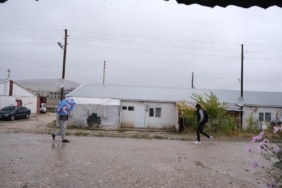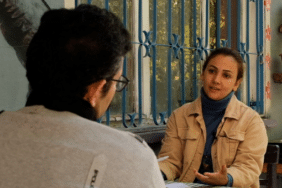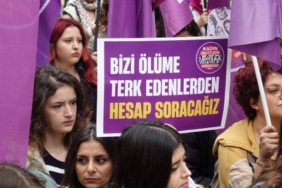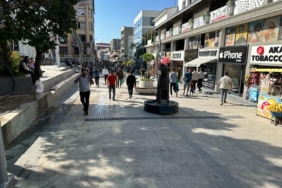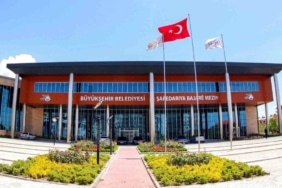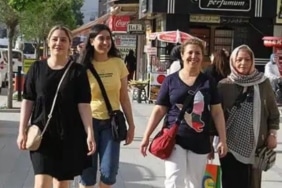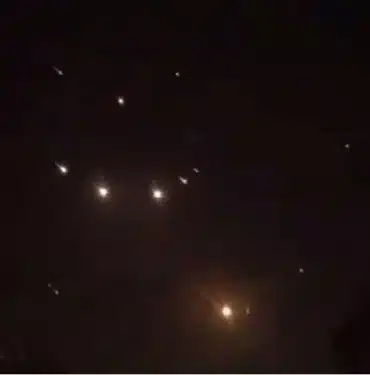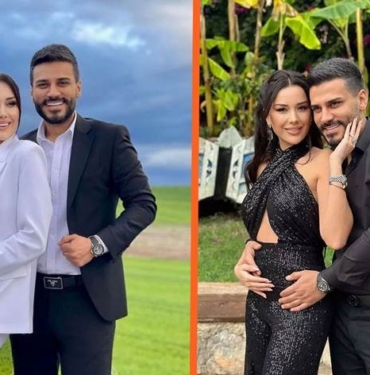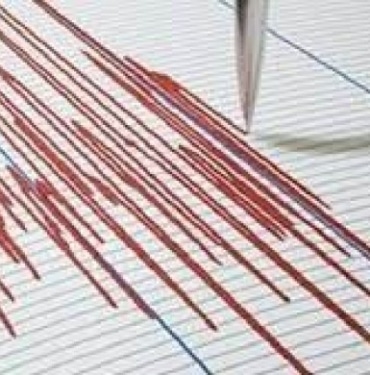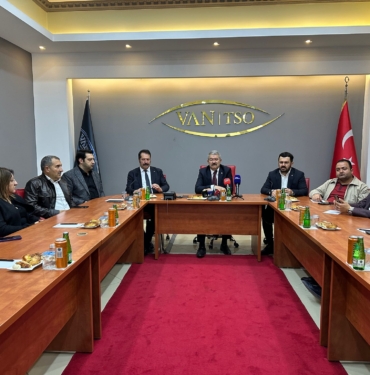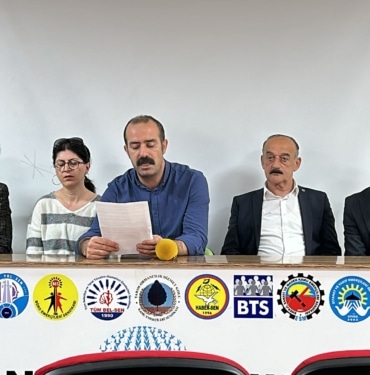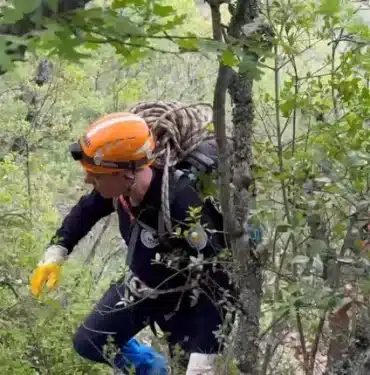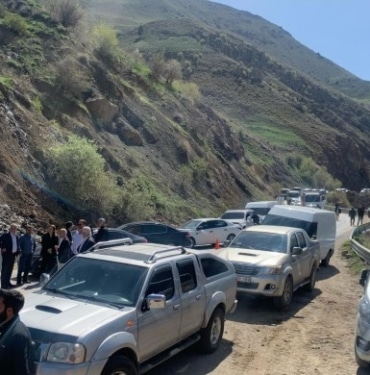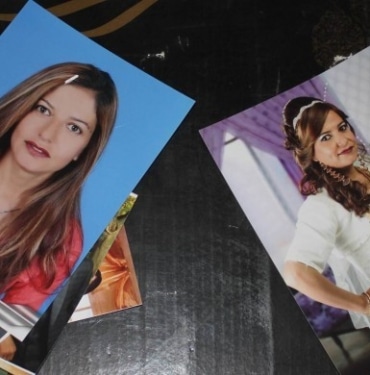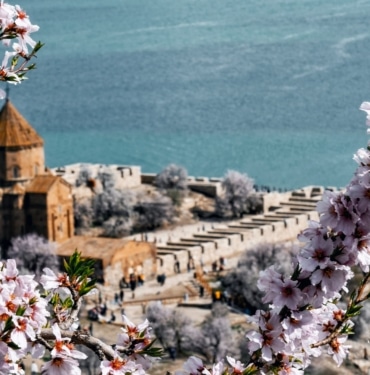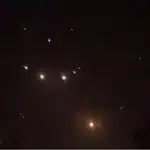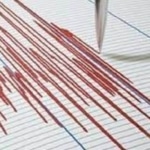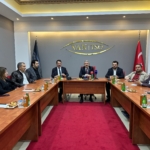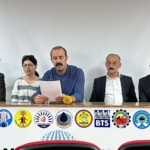Recently, various activities have been organized in the field of culture and arts in Van. One of them is the pictures made by Iranian Painter Javad Ghaffari using the syringe technique. Ghaffari’s paintings were opened to the visit of art lovers at Üvercinka Culture and Art Center. Simultaneously with this exhibition, the painter, whose paintings were exhibited in several group exhibitions in Istanbul, has 10 personal exhibitions.
Ghaffari, who started his education life at the Art School in Iran, later graduated from Terbiyet-i Müderris University. Ghaffari, who completed his master’s degree in Tehran, has been teaching at Tabriz Art University for 10 years. Saying that he left Iran due to economic problems, the painter says, “I hope that the days will come when artists can produce without economic concerns.”
Ghaffari, who sent his works to Istanbul for some exhibitions before, has been working in Istanbul for about 5 years. Due to the economic difficulties he experienced during the pandemic period, he takes a few of his works with him and goes to Istanbul. When he came to Van on the recommendation of a friend after selling some of his works there, he was impressed by the hospitality of the people and decided to live here. Expressing that he found Van calm and suitable for himself in terms of production, he said, “Van has been very good for me. I loved it here. Istanbul is a very crowded city. Van, on the other hand, is a quiet place not only for painters but also for everyone involved in art: writers, poets, I have been living here for about a year and a half. I send my works to Istanbul by cargo. We are happy here with my family, I don’t feel alien at all. I see the culture of Iran close to each other here. At the same time, I opened a painting workshop in Van,” he says.
‘I use hands as a symbol’
Ghaffari has been painting for nearly 30 years. The painter, who has 10 solo exhibitions and more than 50 group exhibitions in Iran, works in many different styles and defines the style he uses now as the “end style”. He explains why the exhibition, whose main theme is “Mothers and Fathers”, is about mothers and fathers: “Mothers and fathers are very important to me. Something nostalgic. There are other stories, especially in his portraits, looks and hands. And as a symbol I used images in some places. For example, children’s hands, such as mother’s hands. In all of these, I want to give a message to the viewer. A message about love.”
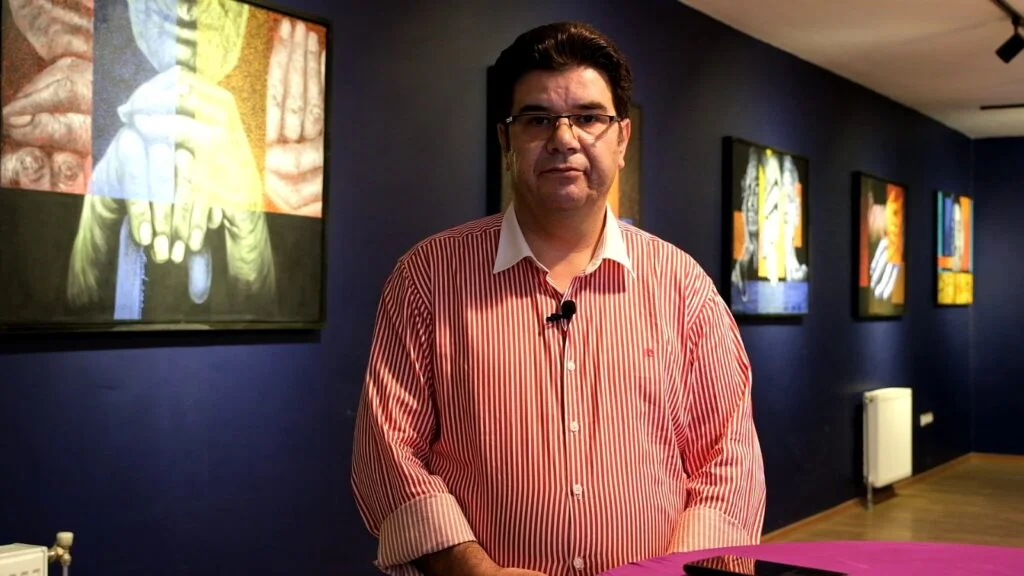
‘I use the Şorre technique’
Saying that he uses a special technique in his paintings, Ghaffari says that this technique is his own. The technique, which is pronounced as the ‘şorre’ technique in Persian, is equivalent to the ‘syringe’ technique in Turkish. The painter explains that he does not use a brush with the syringe technique, “In this technique, I do not throw the paint on the canvas with a brush. I spray the paint directly onto the canvas with a syringe. For him, the colors are more vivid and it seems like there is light in the colors,” he says.
Ghaffari says he was influenced by the Neo-Impressionists, who emerged in the 19th century. And he begins to describe this style: “They used a pointillism style in their paintings. They started to use colors point by point. They thought that when the colors mixed with each other, that vitality, that light state diminishes, and they started to work point by point. So when you look at the picture, it is as if there is a lamp inside the picture. While applying this technique, I thought about how and with what material I could make my own style. And I started working with the syringe. I have been working with this technique for about 3 years.”
Translator :Akif Coşkun


